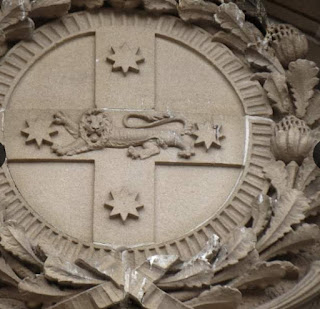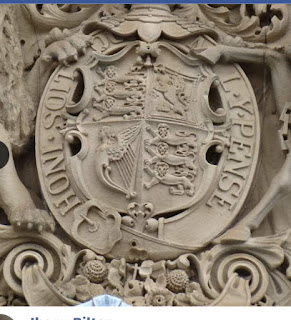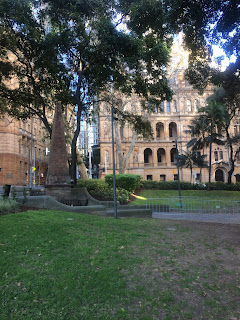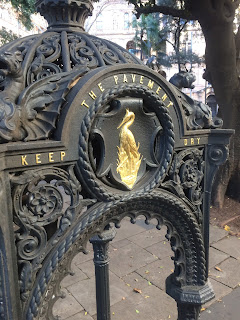Rowe Street - Laneways - Sydney - New South Wales
No Street In Sydney Has Had More Words Written About It Than Rowe Street. By The Early 20th Century Its Fine Run Of Terrace Houses Was Being Converted Into Small Shops & Galleries, & Rowe Street Was The Closest Thing Sydney Had To European Chic.Upstairs Rooms Were Used As Aritsts Studios, & The Commercial Notanda Gallery Was A Gathering Place For The Artistic Community. In Adjoining Shops You Could Borrow A Book Or Buy An Elegant Hat.
Many People Remember Window Shopping For The Latest In Interior Design And Parisian Frocks, Buying Some Music At Rowe Street Records Or Enjoying A Bohemian Espresso At Horton's Gallery.
The Street Remains, But The Buildings Were Demolished To Make Way For The Construction Of The MLC Centre In The 1970's. Many People Still Mourn Its Passing, & It Continues To Be Cited As A Cautionary Tale Against Overdevelopment & Wholesale Destruction Of The Fine Grain Fabric Of The City.















































































































